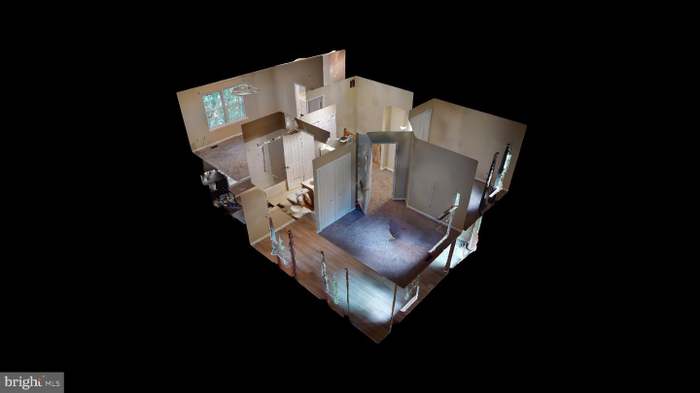Plants, Free Full-Text
Por um escritor misterioso
Descrição
Alnus cremastogyne is a rapidly growing broad-leaved tree species that is widely distributed in southwest China. It has a significant economic and ecological value. However, with the expansion of the planting area, the influence of phenotypic variation and differentiation on Alnus cremastogyne has increased, resulting in a continuous decline in its genetic quality. Therefore, it is crucial to investigate the phenotypic variation of Alnus cremastogyne and select excellent breeding materials for genetic improvement. Herein, four growth-related phenotypic traits (diameter at breast height, the height of trees, volume, height under the branches) and twelve reproductive-related phenotypic traits (fresh weight of single cone, dry weight of single cone, seed weight per plant, thousand kernel weight, cone length, cone width, cone length × cone width, fruit shape index, seed rate, germination rate, germination potential, germination index) of 40 clones from four provenances were measured and analyzed. The phenotypic variation was comprehensively evaluated by correlation analysis, principal component analysis and cluster analysis, and excellent clones were selected as breeding materials. The results revealed that there were abundant phenotypic traits variations among and within provenances. Most of the phenotypic traits were highly significant differences (p < 0.01) among provenances. The phenotypic variation among provenances (26.36%) was greater than that of within provenances clones (24.80%). The average phenotypic differentiation coefficient was accounted for 52.61% among provenances, indicating that the phenotypic variation mainly came from among provenances. The coefficient of variation ranged from 9.41% (fruit shape index) to 97.19% (seed weight per plant), and the repeatability ranged from 0.36 (volume) to 0.77 (cone width). Correlation analysis revealed a significantly positive correlation among most phenotypic traits. In principal component analysis, the cumulative contribution rate of the first three principal components was 79.18%, representing the main information on the measured phenotypic traits. The cluster analysis revealed four groups for the 40 clones. Group I and group II exhibited better performance phenotypic traits as compared with group III and group IV. In addition, the four groups are not clearly clustered following the distance from the provenance. Employing the multi-trait comprehensive evaluation method, 12 excellent clones were selected, and the average genetic gain for each phenotypic trait ranged from 4.78% (diameter at breast height) to 32.05% (dry weight of single cone). These selected excellent clones can serve as candidate materials for the improvement and transformation of Alnus cremastogyne seed orchards. In addition, this study can also provide a theoretical foundation for the genetic improvement, breeding, and clone selection of Alnus cremastogyne.

SANSI LED Grow Lights for Indoor Plants, 150W Full
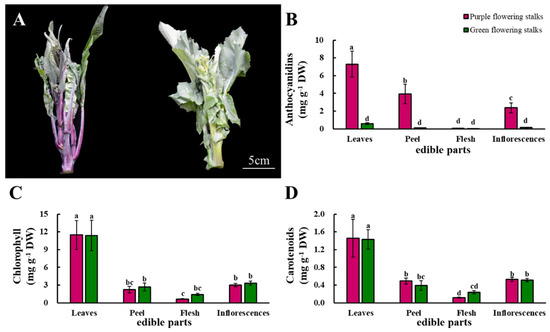
Simca P 11.5 Demo - Colaboratory
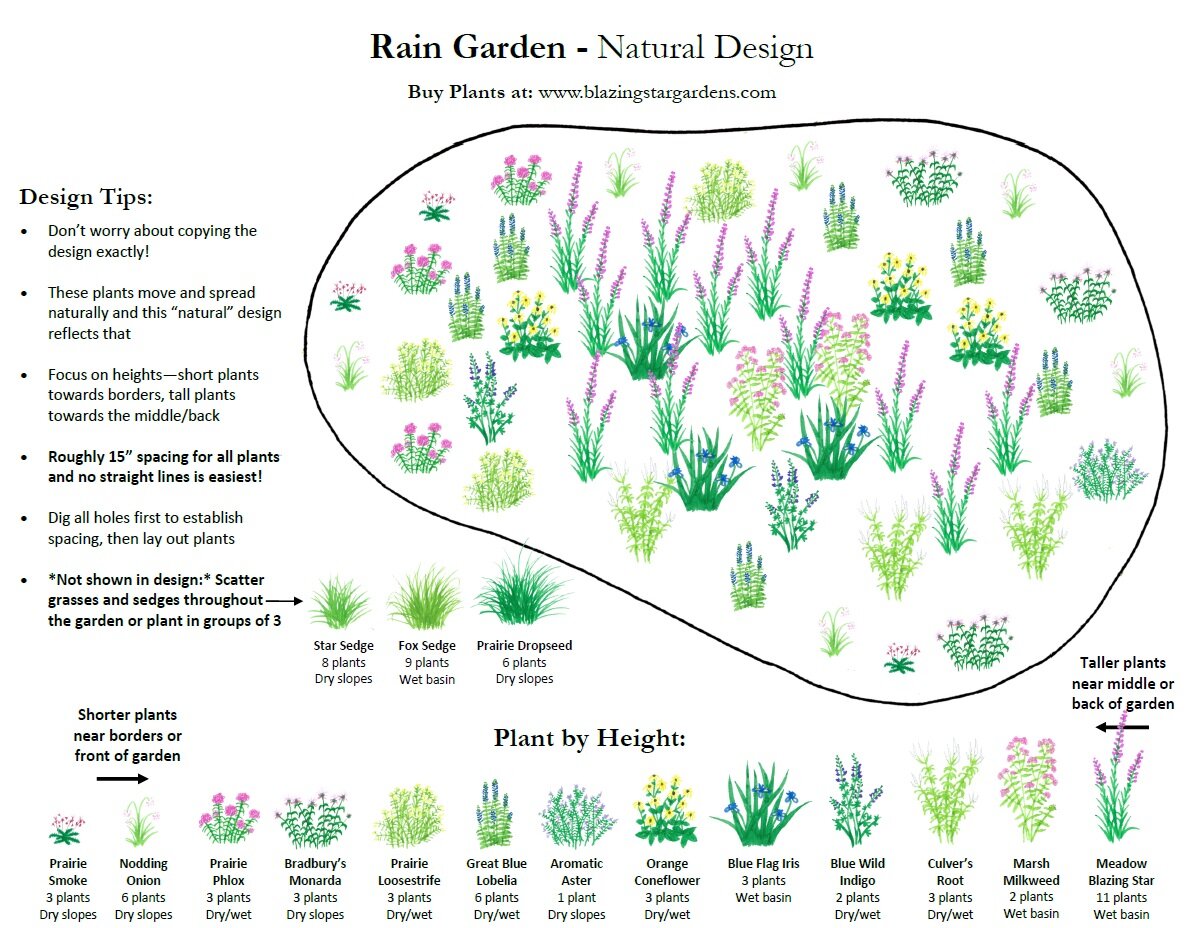
Free Rain Garden Design — Blazing Star Gardens

59 Gardening in the Classroom ideas in 2023
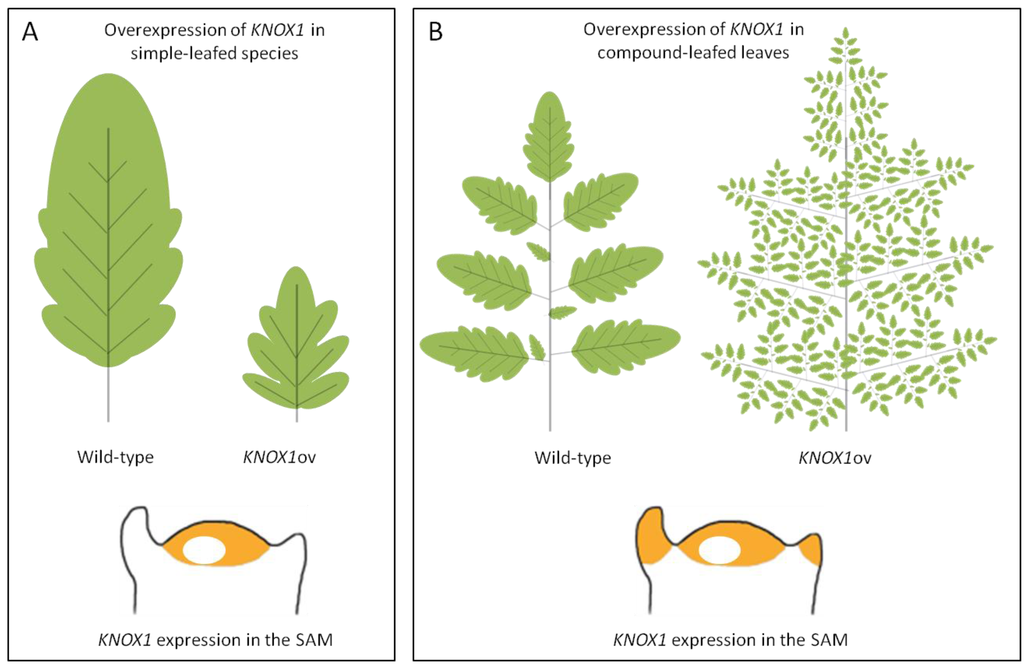
Plants, Free Full-Text

Scandinavian Full of Plants Balcony Interior Design. Flat Cartoon
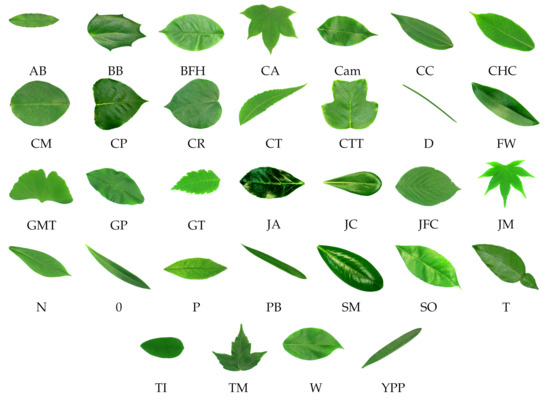
Flavia Dataset Download - Colaboratory
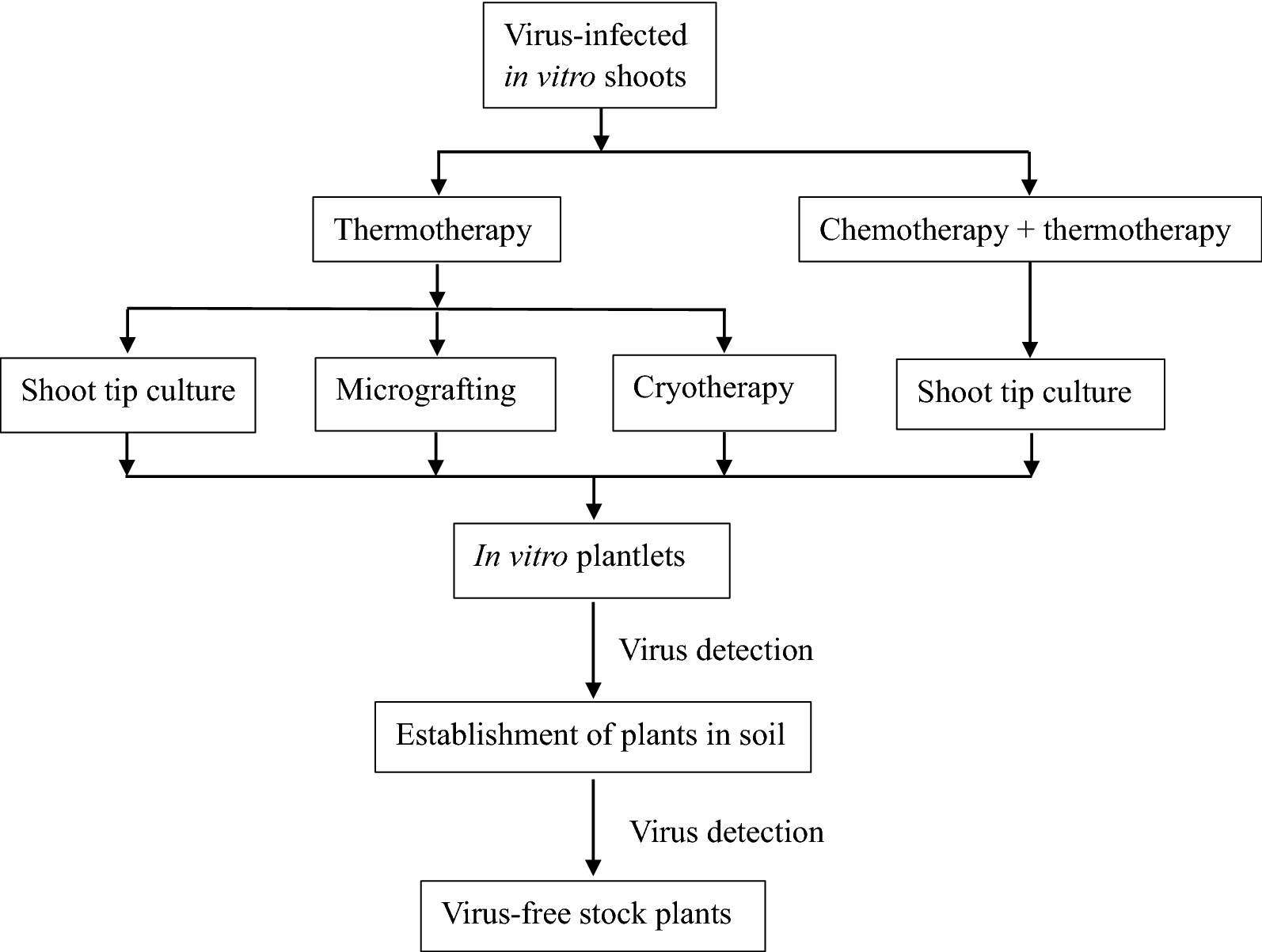
In vitro thermotherapy-based methods for plant virus eradication
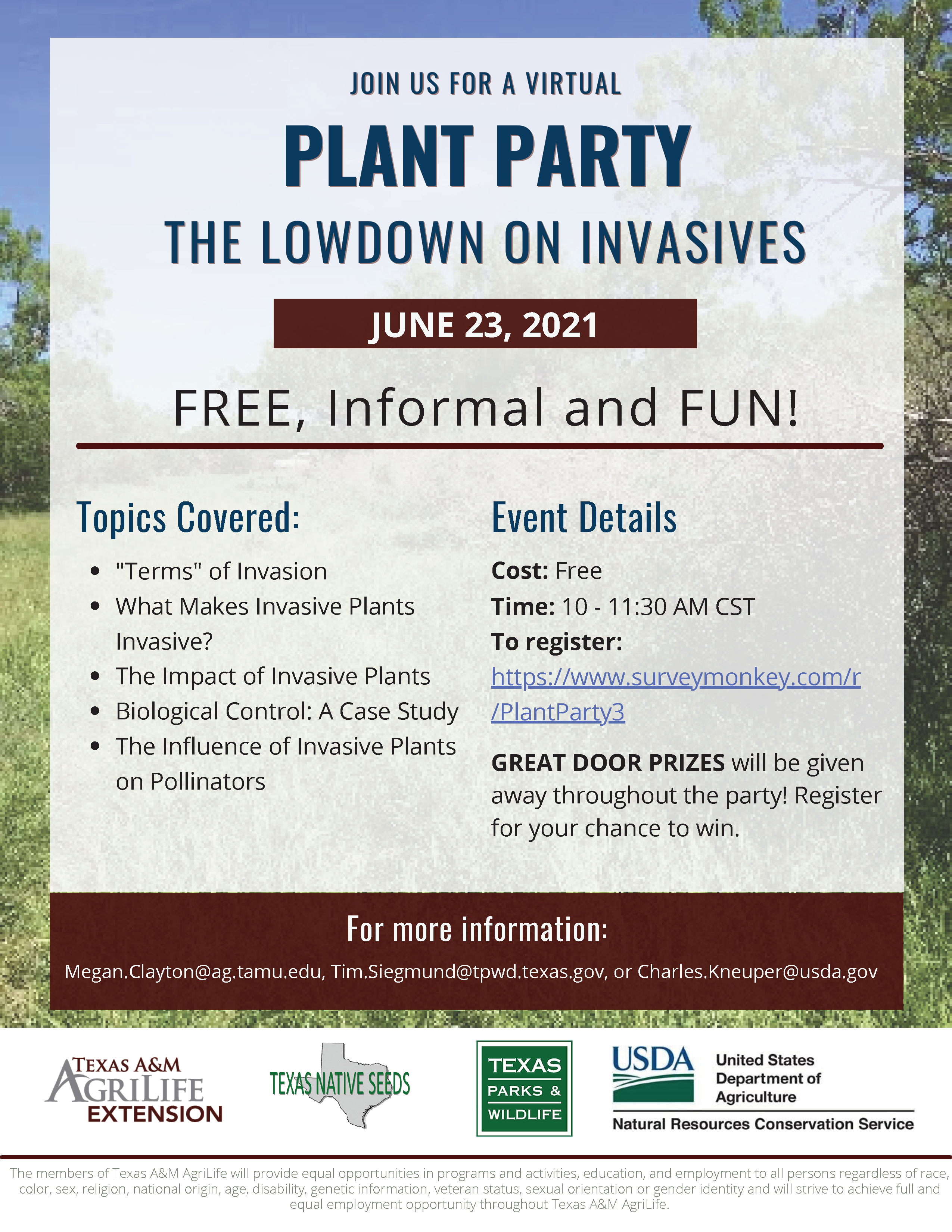
Virtual Plant Party: The Lowdown on Invasives - Washington

Fun Plant Cut File, Big plants quote, House plant cut file

Potted Plants Sprouting Love Heart Flowers Black & White Clip Art

Sorry I Have Plants This Weekend Svg Funny Plant Svg Plant

BWH Plant Co
de
por adulto (o preço varia de acordo com o tamanho do grupo)
